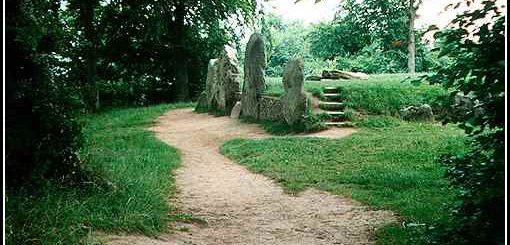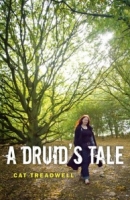Cernunnos
Although Cernunnos is a Gaulish horned god, his worship was widespread in the Celtic era, and he was venerated over the channel in Britain in various similar forms.
![derivative work: Fuzzypeg★Detail_of_antlered_figure_on_the_Gundestrup_Cauldron.jpg: Bloodofox [CC BY-SA 3.0 (https://creativecommons.org/licenses/by-sa/3.0) or GFDL (http://www.gnu.org/copyleft/fdl.html)], via Wikimedia Commons](http://www.mysteriousbritain.co.uk/wp/wp-content/uploads/2008/09/Gundestrup_antlered_figure-300x218.jpg) In appearance he had stag antlers sprouting from his head, wore a torc around his neck, and was depicted with a ram headed serpent. He may have been seen as lord of the animals, and the spirit of the woods, a powerful archetypal nature spirit and male partner of the earth mother. Later, in Christian times his image was transposed on to that of the Devil, who also appeared with horns.
In appearance he had stag antlers sprouting from his head, wore a torc around his neck, and was depicted with a ram headed serpent. He may have been seen as lord of the animals, and the spirit of the woods, a powerful archetypal nature spirit and male partner of the earth mother. Later, in Christian times his image was transposed on to that of the Devil, who also appeared with horns.
The archetype is still powerful today and it may be an ancient folk memory of Cernunnos who haunts Windsor Great Park in Berkshire as ‘Herne the Hunter’. In Britain he is associated with place names with the prefix Cerne. The similarity between this name and Herne the hunter is unlikely to be coincidence.




Re: Cernunnos
Cernunnos may also be distantly commemorated in the Abbot’s Bromley Horn dance in Staffordshire each September. The annual ceremony takes place in the old tribal canton of the Cornovii tribe. Cornovii means "people of the horn". His animal consorts were the wolf, the rat, and the snake. The chief place of the tribe was the modern Wrekin hill Fort, originally Uricon, the hill seeming to the ancient folk analagous to the protuberance on a stag’s head from which the horn grows. Horn was an exceptionally useful commodity to pastoral peoples who did not manufacture pottery and its perpetual renewal reminded the people of the providence of "the good god". The Cornovii seem to have removed from the area by sea following the English intrusions and it is possibe that they went to Cornwall which they named for themselves, and to Kerneo in Brittany where the Breton scholar Jean Markale traced their migration from Great Britain in the 5th and 6th centuries.